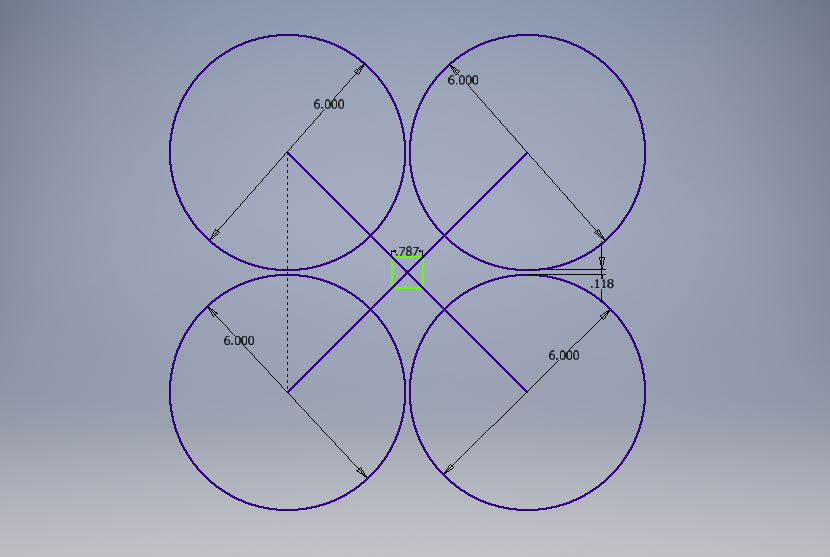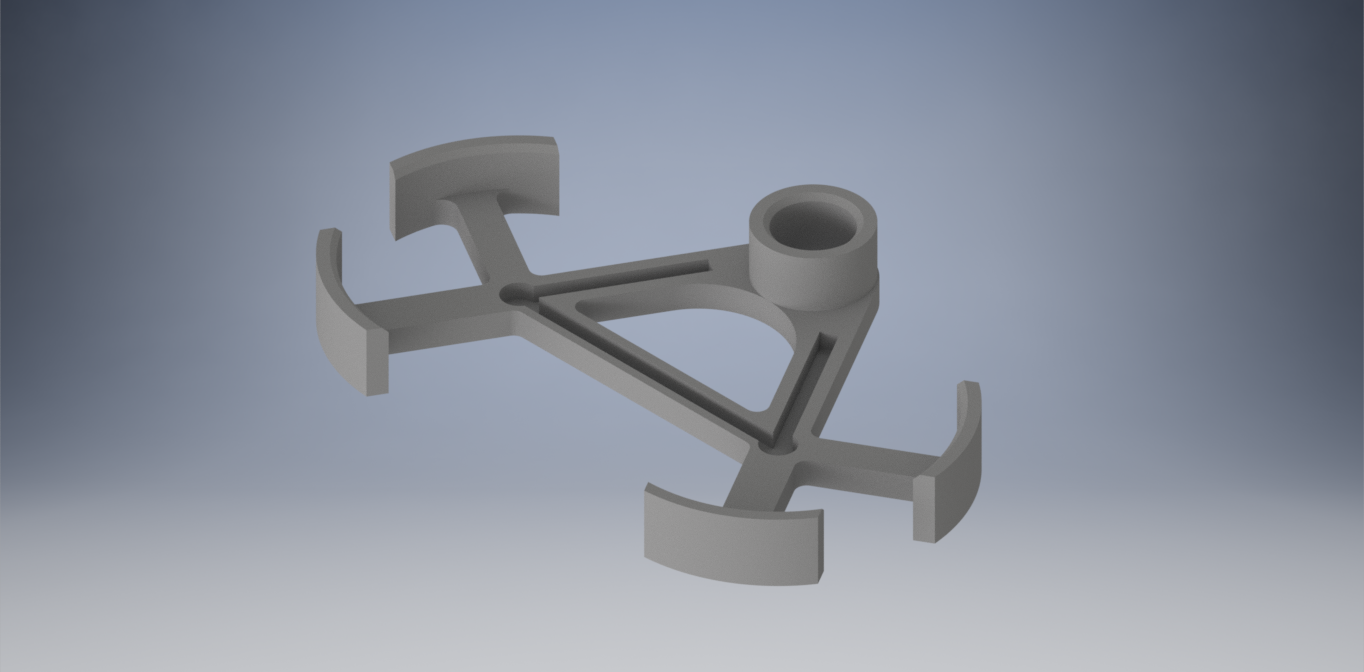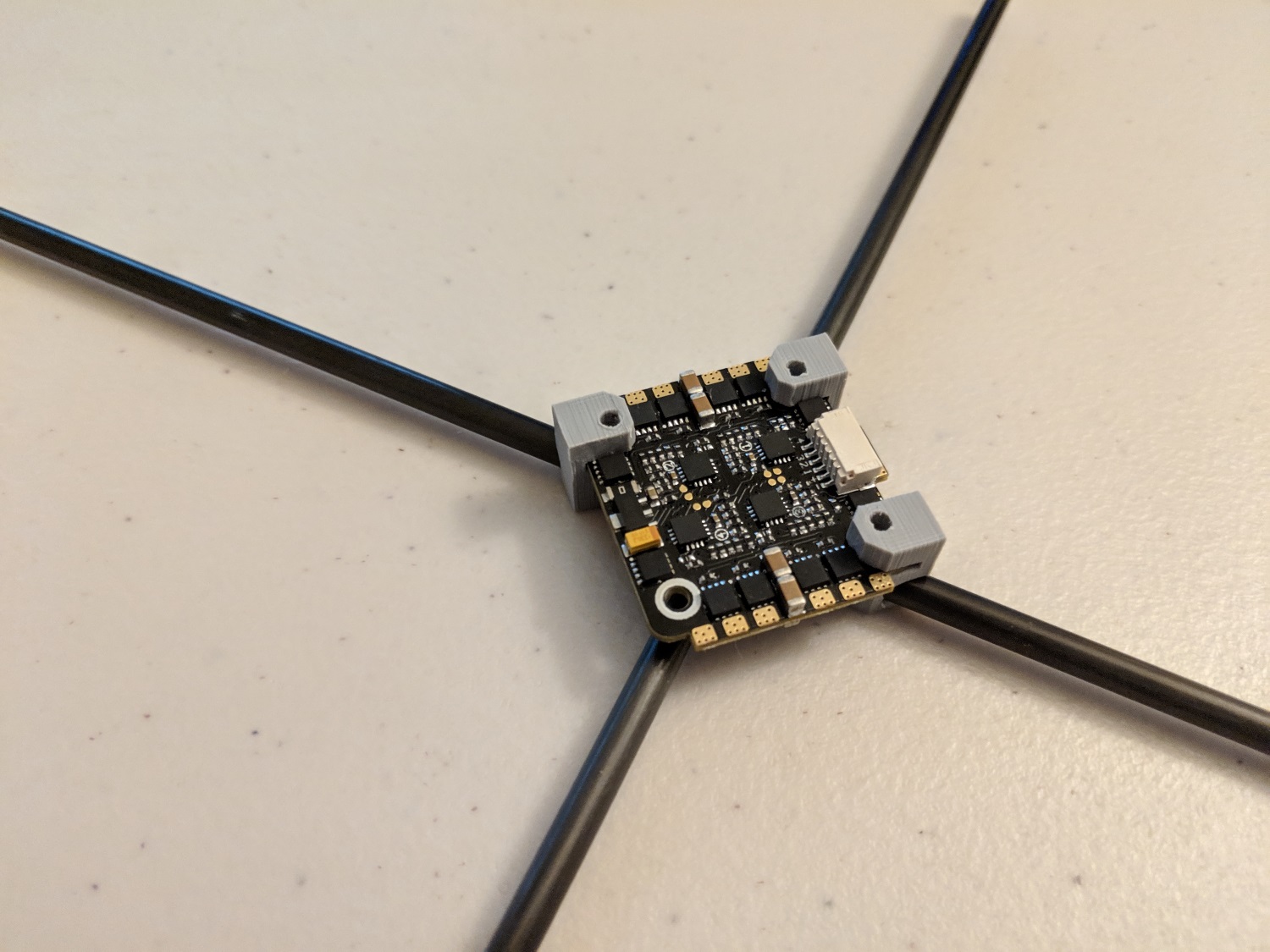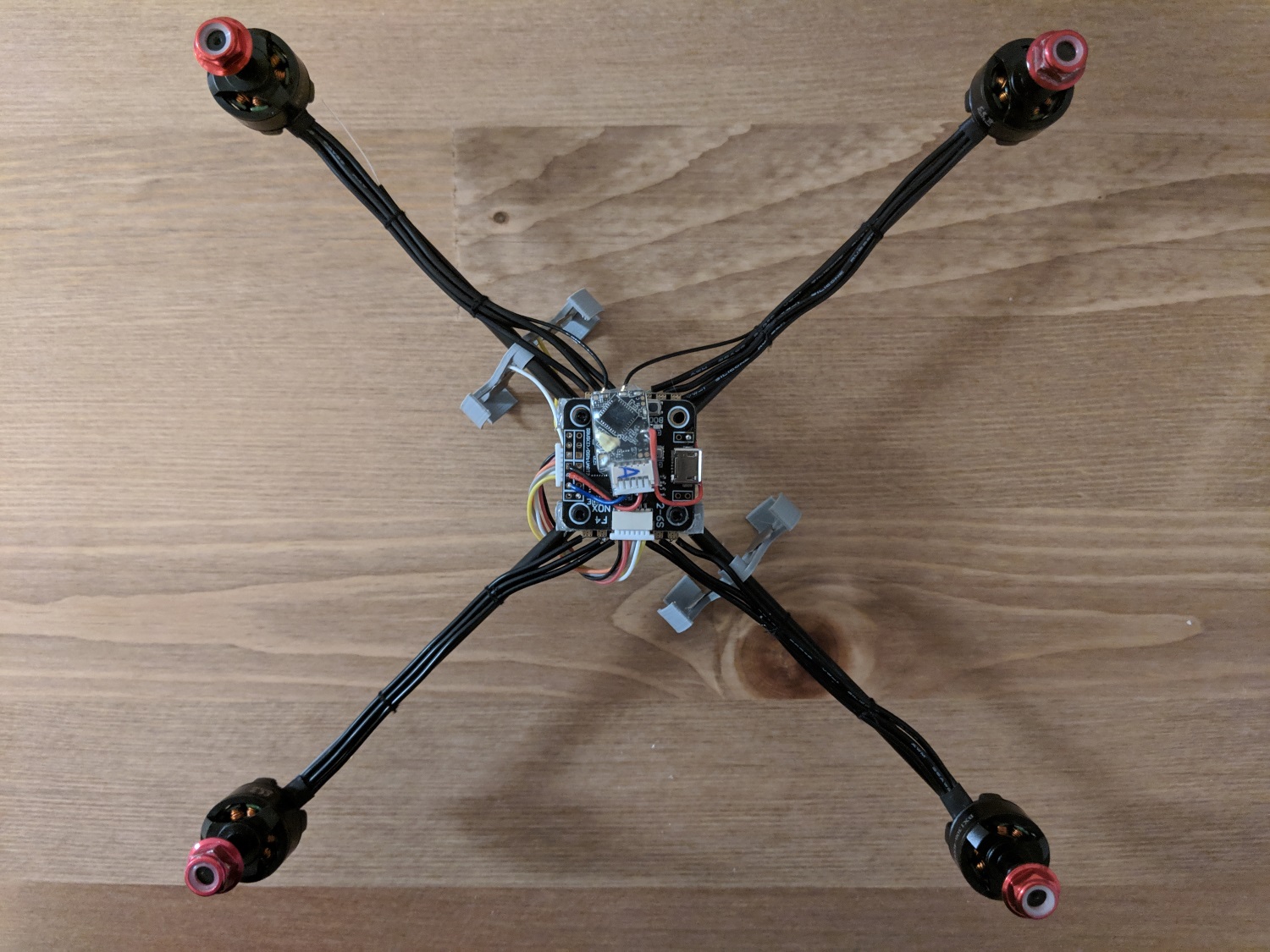This is going to be a fun one. For once, I am not dealing with maximizing acrobatic performance, speed, or camera stability. No, this time it is just that: time. Flight time specifically.
My friend challenged me to a build off. Who can get the longest flight time from two 18650b batteries. Now, he did not specify what type of aircraft, configuration, and flight conditions we are limited to, but judging off the context of the conversation we had, I am assuming we are working with the well known quadcopter.
Initial Ideas:
My first instinct was to build the biggest quadcopter possible. Most of us picture a large cinematography/agricultural copter when we think long flight times, and I have always wanted an excuse to build a very large multirotor. So I started by looking at what flight times I could achieve with 18" propellers, the largest affordable ones I could find. The idea was that slow spinning props on 2s would give max flight times. This turned out to be the wrong path to go down, and here is why. Two 18650b batteries gives me either a 2s ~3400mAh battery, or a 1s ~6800mAh battery. The large AP machines with long flight times achieve this by having large rotors, but by also having very large capacity, high voltage batteries. Even with large rotors, using only two 18650b batteries won't give the longest flight times, because a typical configuration of that size is capable of carrying much more battery. So with a small battery on a large frame, the mass of the frame and components is detrimental, because a smaller quad is capable of carrying the same battery, at a more efficient percent payload. It is like flying a racing quad on a 1s 100mAh battery. It is doable, but you will benefit more from a larger, higher voltage battery.
I still would like to build a very large multirotor, but this is unfortunately not the time for that (anyone want to have a giant build off ).
).
The Plan:
Thanks to a tip from my friend/competitor, I shifted my focus to something smaller, much smaller. Thanks to the wonderful multirotor calculator known as ecalc, I was able to test countless numbers of motors and propellers to achieve the best flight time.
Here is what I came up with: 1306 3100kV motors with 6x3.8 propellers on 2s. With this setup ecalc predicts a hover time of 62 minutes. A close contender was 2204 2300kV motors with 10x3.8 props on 2s, but with larger motors and props, a larger frame would be required, meaning more energy wasted on mass.
To reduce mass as much as possible, I will be using a 20x20mm flight controller and 4-in1 ESC. The receiver will be a de-cased LemonRX satellite, and I will add a mini GPS with iNav/arducopter to give me position hold. I do not want to manually fly this thing if it is flying for an hour. I could go even smaller with a 16x16mm flight stack, but I could not find anything with a barometer for use in position hold.
The frame will be as minimal as possible. Probably just a carbon rod and small supports for the motors and flight stack. The batteries will be held on by only what is necessary, and I will use something smaller than an xt30 or jst as the connector. This build will only be hovering or slowly moving, so nothing has to sustain any high acceleration.

Lets see what is possible
My friend challenged me to a build off. Who can get the longest flight time from two 18650b batteries. Now, he did not specify what type of aircraft, configuration, and flight conditions we are limited to, but judging off the context of the conversation we had, I am assuming we are working with the well known quadcopter.
Initial Ideas:
My first instinct was to build the biggest quadcopter possible. Most of us picture a large cinematography/agricultural copter when we think long flight times, and I have always wanted an excuse to build a very large multirotor. So I started by looking at what flight times I could achieve with 18" propellers, the largest affordable ones I could find. The idea was that slow spinning props on 2s would give max flight times. This turned out to be the wrong path to go down, and here is why. Two 18650b batteries gives me either a 2s ~3400mAh battery, or a 1s ~6800mAh battery. The large AP machines with long flight times achieve this by having large rotors, but by also having very large capacity, high voltage batteries. Even with large rotors, using only two 18650b batteries won't give the longest flight times, because a typical configuration of that size is capable of carrying much more battery. So with a small battery on a large frame, the mass of the frame and components is detrimental, because a smaller quad is capable of carrying the same battery, at a more efficient percent payload. It is like flying a racing quad on a 1s 100mAh battery. It is doable, but you will benefit more from a larger, higher voltage battery.
I still would like to build a very large multirotor, but this is unfortunately not the time for that (anyone want to have a giant build off
The Plan:
Thanks to a tip from my friend/competitor, I shifted my focus to something smaller, much smaller. Thanks to the wonderful multirotor calculator known as ecalc, I was able to test countless numbers of motors and propellers to achieve the best flight time.
Here is what I came up with: 1306 3100kV motors with 6x3.8 propellers on 2s. With this setup ecalc predicts a hover time of 62 minutes. A close contender was 2204 2300kV motors with 10x3.8 props on 2s, but with larger motors and props, a larger frame would be required, meaning more energy wasted on mass.
To reduce mass as much as possible, I will be using a 20x20mm flight controller and 4-in1 ESC. The receiver will be a de-cased LemonRX satellite, and I will add a mini GPS with iNav/arducopter to give me position hold. I do not want to manually fly this thing if it is flying for an hour. I could go even smaller with a 16x16mm flight stack, but I could not find anything with a barometer for use in position hold.
The frame will be as minimal as possible. Probably just a carbon rod and small supports for the motors and flight stack. The batteries will be held on by only what is necessary, and I will use something smaller than an xt30 or jst as the connector. This build will only be hovering or slowly moving, so nothing has to sustain any high acceleration.

Lets see what is possible





















